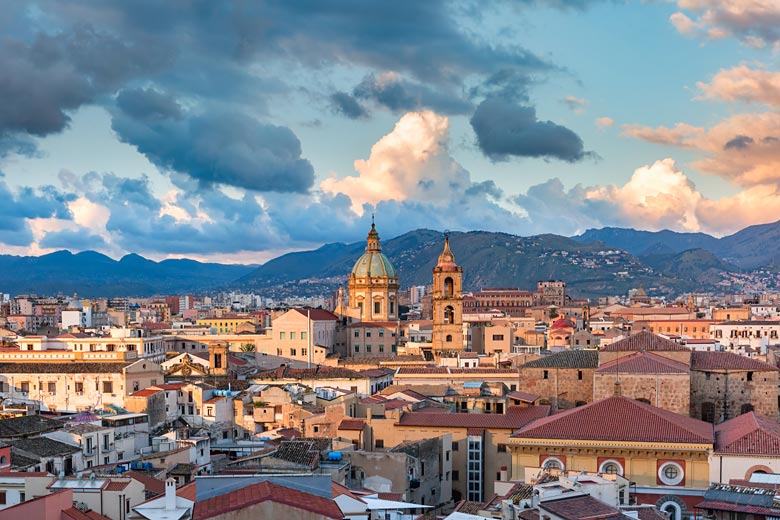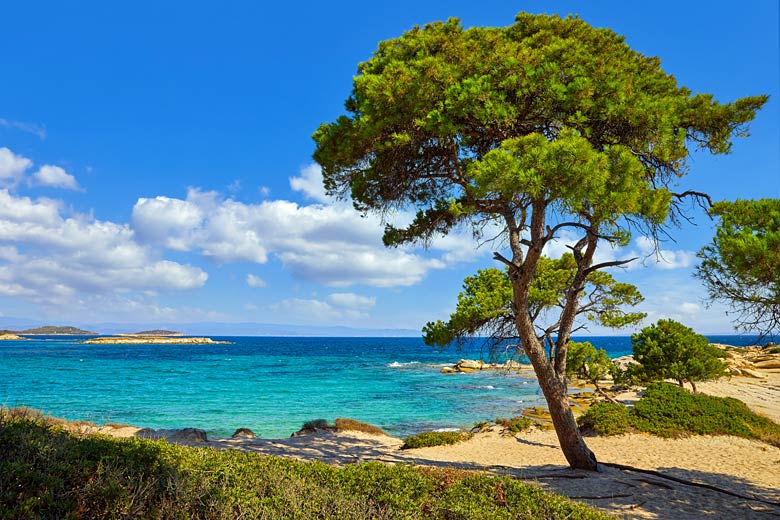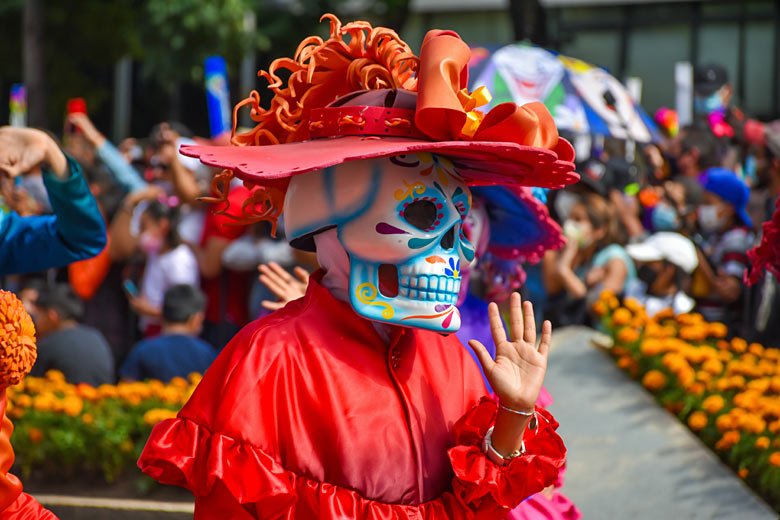Alluring Andalusia: top tips for visiting Almeria
Almeria is a city whose history has been dictated by the sun. Tucked into the southeastern corner of Andalusia, it faces the African coast to the south and a thirsty hinterland to the north, laying claim to Europe's only true desert.
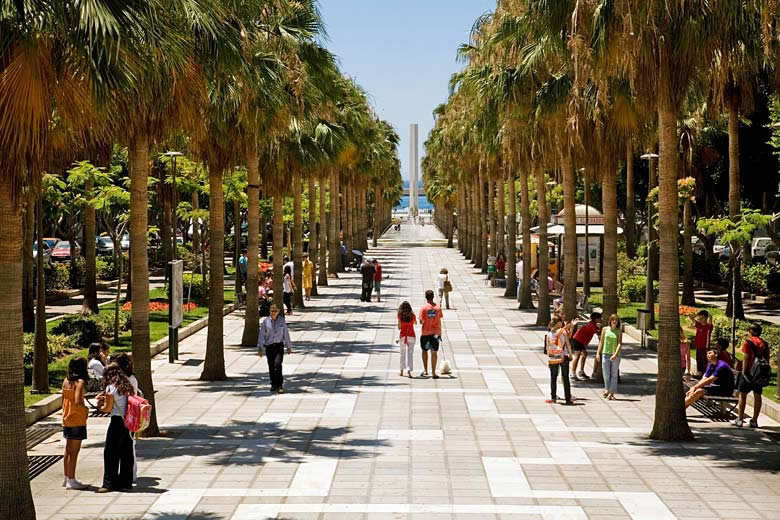
Getting to Almeria: check out the latest offers on holidays to this provincial capital city and the wider Costa de Almeria with TUI* and Jet2holidays*.
The magnificent Alcazaba of Almeria
When the Spanish writer, Juan Goytisolo, visited the city in the early 1960s, Almeria was still a backwater, limited by its climate, a world away from the splendours of its Moorish past.
Goytisolo recognised the contribution made by the Moors when he climbed to the heights of the city's Alcazaba, the citadel whose battlements overlook the warren of streets below and claimed the view to be 'one of the most beautiful in the world'.
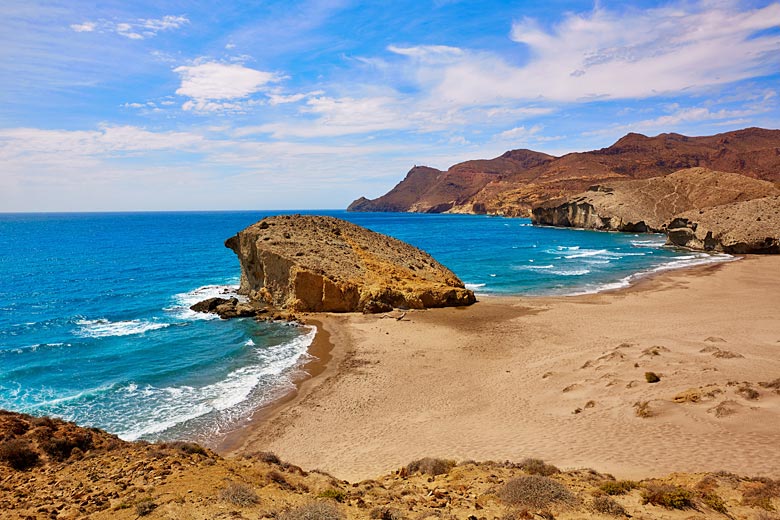
The fortification is now a protected monument, with the added bonus that entrance is free. As the largest Muslim fortress in Spain, it had much wealth to protect, chiefly generated from trade and a booming textile industry.
The ghosts of caliphs-past are easily evoked whilst strolling its considerable confines, not to mention the disappearing footsteps of Conan the Barbarian and Indiana Jones. The Alcazaba has also been a popular destination for the great and the good of Hollywood.
Explore La Chanca
Below the fortress' western walls sits the district of
The regularity of the buildings and their vibrant colours lends the area an air of festivity, which is often enhanced by the thrum and beat of flamenco, played at full tilt from stereos inside the houses.
La Chanca wasn't always this colourful. Goytisolo walked its streets visibly shaken by the poverty, observing how the sun assaulted the eyes and baked the earth.
La Chanca isn't a story of gentrification, but a story of renewal. Residents' associations have been created to bring animation to a district still affected by unemployment. Walk up the Avenida del Mar from the port and you will see the results.
One of the prime movers in renovating the area was a poet and translator, José Ángel Valente, whose house in the street that bears his name is now a museum, Casa del Poeta.
Valente was an adopted Almerian who loved the region's Mediterranean light. Having studied at Oxford and worked for UNESCO, he settled in Almeria. You don't have to be familiar with Valente's work to appreciate the tiles and beams of this traditional home, adorned with artworks and texts from his poems.
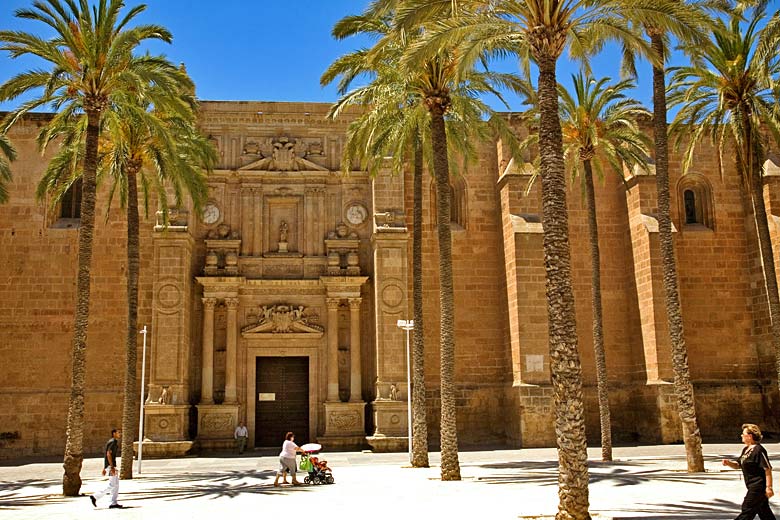
A couple of minutes' walk from the museum is the Cathedral; not the prettiest of edifices but a very imposing structure. Both Gothic and Renaissance in style, the building seems designed to face inward with the intention of warding off invaders, a real possibility during the time of Christian reconquest.
It's worth pausing at one of Hotel Catedral's tables, placed on the square's glinting paving, whilst taking a glass of chilled fino sherry. The locals will drift by, chatting amongst the tall palms that dominate the plaza. If you time the stop to coincide with the evening paseo, throngs of people will stroll idly past engaged in talk of the day's events.
The city's two central thoroughfares, the Avenida Federico García Lorca (named after 20th-century Spain's most famous poet) and the Paseo de Almeria converge at the gallery known as the Museo de Arte Doña Pakyta, opened in 2015.
Bizarrely, the museum is housed in a building modelled on those built in the Basque Country, even more bizarrely given the contents are quintessentially Almerian.
If you want to see what La Chanca looked like before tarmac and coloured paints, head for the canvas of Miguel Martínez Gómez, who portrayed the district in all its poignant aridity.
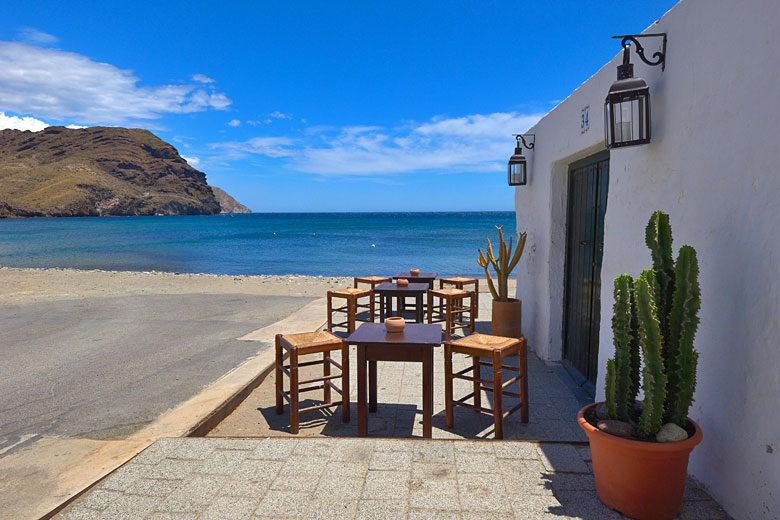
Where to beach
Almeria owes a debt to Doña Pakyta for this collection of art depicting the people and places of the province, but it owes her a bigger thank you for protecting stretches of coastline to the east of the city.
As a businesswoman, she had the money to safeguard thousands of hectares of land from over-development, notably the stunning Playa Monsul in the Cabo de Gata with its petrified wave, a weathered rock forever cast as the best surfer's curl in the world. If you are staying for long enough to seek an escape from the city, this beach should be top of your agenda.
Hop on the heritage line
Much of the art in the museum is of a bucolic nature, which belies the true story behind some of the pictures. It is easy to view scenes of peasants fruit picking, fishing or pushing carts and see them as idyllic.
In reality, life was hard, eked from the thin soil or mined from underground. Iron ore and copper were sent to town from the mines to the north and even gold was hewn from the rock in Rodalquilar, where the abandoned mining camps can still be seen.
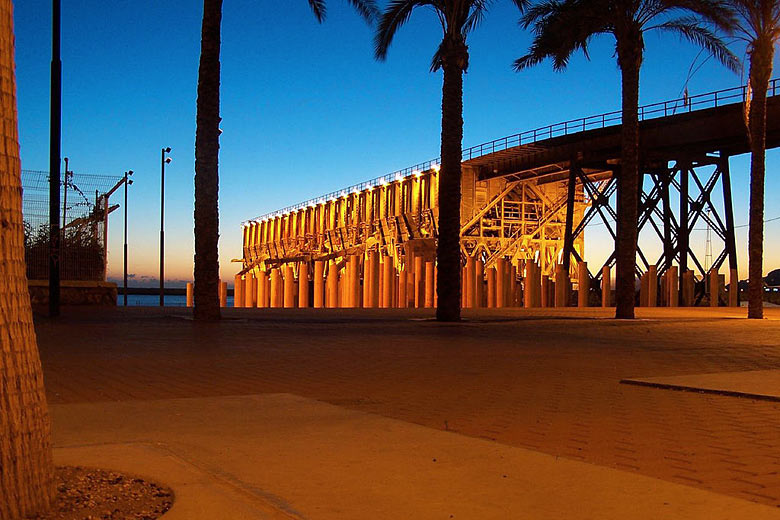
One remnant of the mineral industry is an amazing structure known as the Cable Inglés, a flying railway that brought the raw material to the heart of the port. The railway was built by the Scottish not the English, and is supported on brick stilts as it soars above the scant greenery of the Parque de Nicholás Salmerón.
It would be easy to dismiss it as just another piece of late 20th-century infrastructure unless you happened to see the tiny green sign 'Cargadero mineral' that gives away its position as a piece of early Edwardian industrial engineering.
Taste top tapas
The main items brought to Almeria's port these days are related to the region's edible produce. It comes as something of a surprise that the very sun and soil which prevented agricultural development has now enabled mass-scale production using a system known as plasticultura, essentially the growing of cash crops in poly-tunnels.
Not all of the harvest finds its way to supermarkets in northern Europe, some end up on plates in the city's tapas bars. A walk along the aforementioned park, which stretches all the way to La Chanca, will afford ample opportunity to stop for refreshment, but the best bars are buried within the tangle of streets surrounding the Convent of Las Claras.
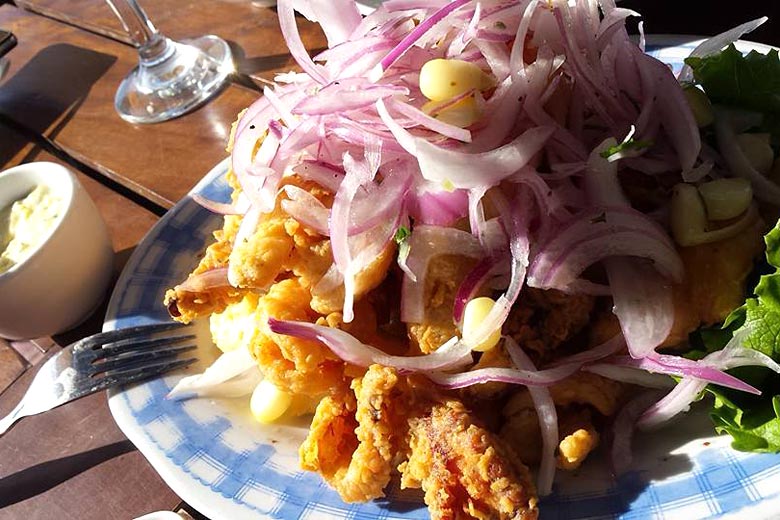
Notable among them is the Bar de Tapas Taberna Nuestra Tierra, which appropriately translates as 'Our Land's Tavern'.
The local artichokes, courgettes, peppers and tomatoes are served chargrilled and doused with lemon; black sausage and chorizo from the Alpujarra mountains are sautéed with egg; tuna is draped with pepper and garlic; and, of course, it's all on the house simply for the price of a drink.
Larger appetites are equally well catered for and the establishment prides itself on belonging to the slow food movement, although you wouldn't believe it on a busy Saturday when customers yell orders over the heads of their fellow clients at the remarkably equanimous bar staff.
Discover the city's creative soul
As mentioned, the Alcazaba only had a bit part in certain Hollywood blockbusters; however, it's true that when Hollywood, or for that matter, Rome, needed a location to stand in for the dry deserts of the American West or the exotic courtyards of the Middle East, they turned to the city and its surroundings. From Lawrence of Arabia to Sergio Leone's Spaghetti Westerns, Almeria has welcomed them all.
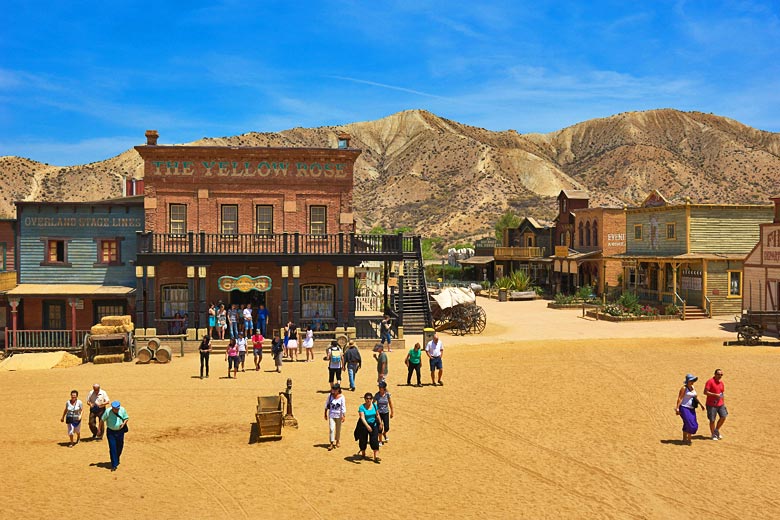
The city's role in the film industry has been immortalised by the Casa del Cine, a Hispano-Californian edifice in the Camino Romero on the modern eastern fringes.
The former country estate once hosted John Lennon and is said to be the place he penned Strawberry Fields Forever, reason enough for any Beatles fan to visit. In addition to exhibits telling the story of Almeria's place in cinematographic history, regular screenings are also held.
From a Moorish hub of mercantile activity to the parched outpost of Christian Spain, the city has undergone many transformations. Twenty-first-century Almeria is showing a much more confident face to the world, as the city reinvigorates its sense of identity whilst maintaining aspects of its bohemian appeal.
Almeria's location also holds another key to its charm; away from the central locations of Cordoba and Granada, it remains off the beaten track.
Weather & climate: You can find out more about the weather in Almeria, and see when we think is the best time to go for prime city break conditions, perfect for exploring everything from the Alcabaza to nearby beaches.
Interested in discovering Almeria? Browse the latest deals on breaks to Almeria with TUI and the UK's other leading provider Jet2holidays.
More about the Almeria
- Best time to visit
- Weather by month
- 5-day weather forecast
- Destinations
- Travel guide
- Deals & discounts
Almeria by month
Jan Feb Mar Apr May Jun Jul Aug Sep Oct Nov Dec
Explore holiday destinations
- Beach holidays
- City breaks
- Family holidays
- Half term holidays
- Spring holidays
- Summer holidays
- Autumn holidays
- Winter sun holidays
- Honeymoons
- Coolcations
- Compare places
- Ski resorts
Save with latest deals & discounts
- Holiday offers
- Top travel brands
- Airlines & flights
- Discount hotels
- TUI
- Jet2holidays
- Neilson
- Marella Cruises
- Pierre & Vacances
- Caledonian Travel
- Club Med
- Boxing Day sales
Airport parking
- Manchester Airport
- Stansted Airport
- Bristol Airport
- Luton Airport
- Birmingham Airport
- Edinburgh Airport
- Gatwick Airport
- Glasgow Airport
- Newcastle Airport
Airport lounges
- Manchester Airport
- Birmingham Airport
- Bristol Airport
- Edinburgh Airport
- Glasgow Airport
- Heathrow Airport
- Newcastle Airport
- Stansted Airport
- Gatwick Airport
Be inspired
Get your weekly fix of holiday inspiration from some of the world's best travel writers plus save on your next trip with the latest exclusive offers
We promise not to share your details








